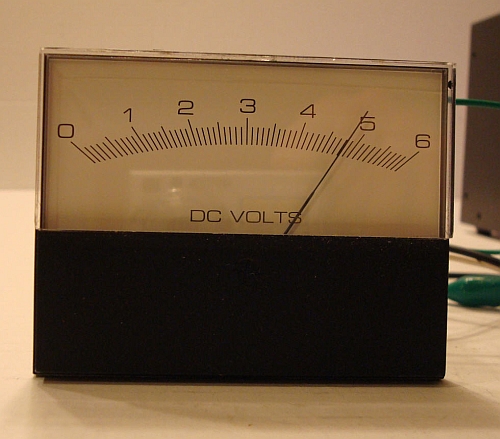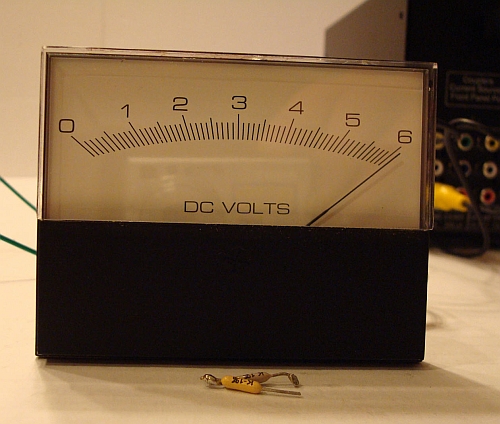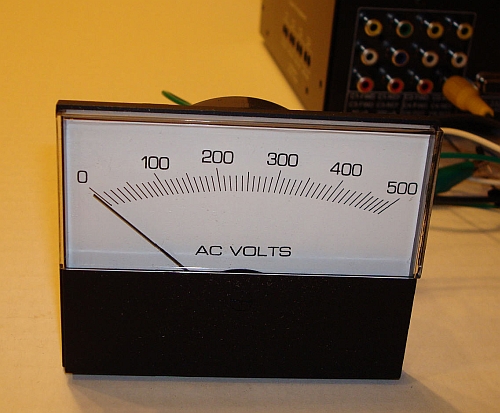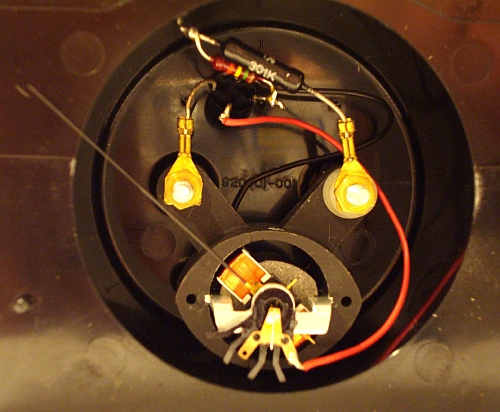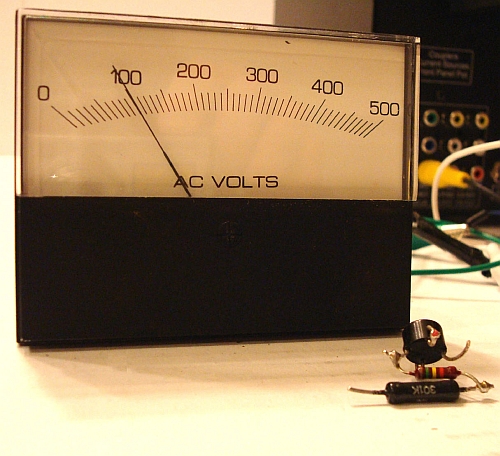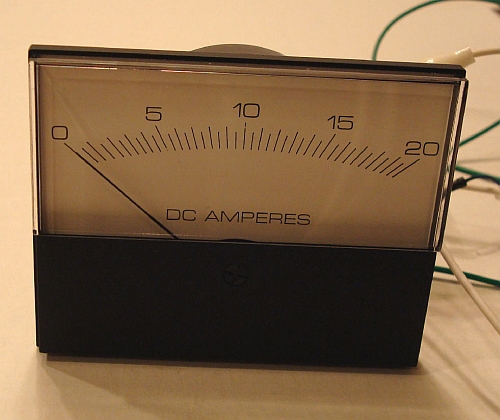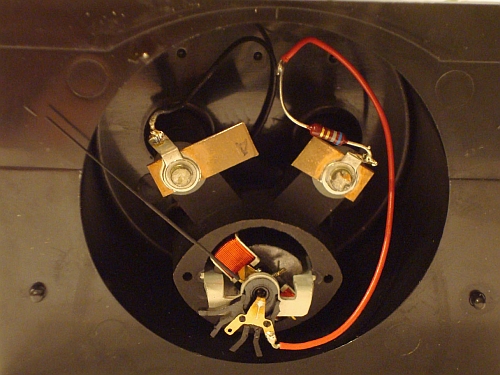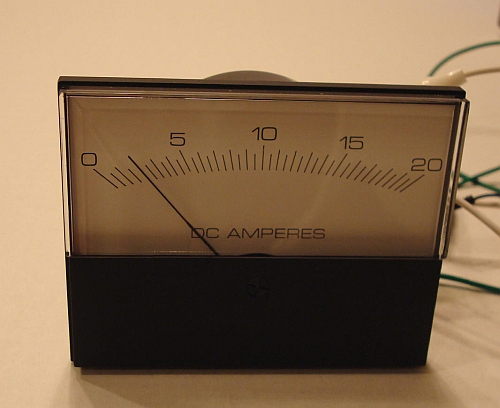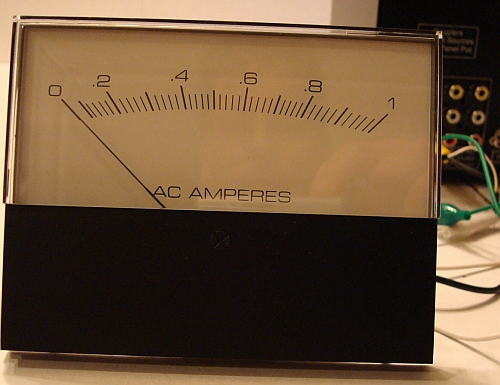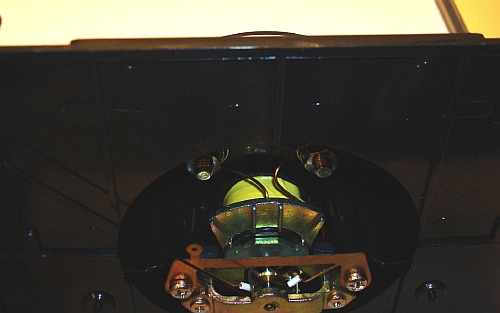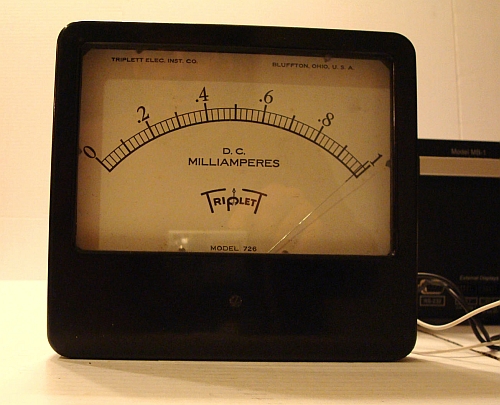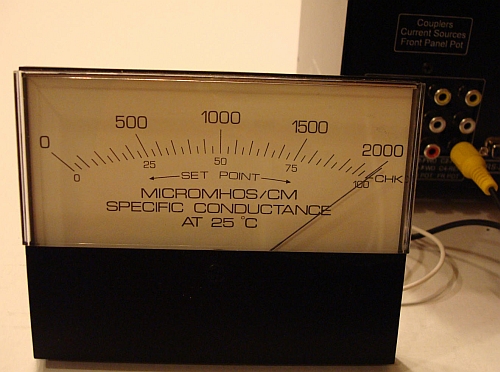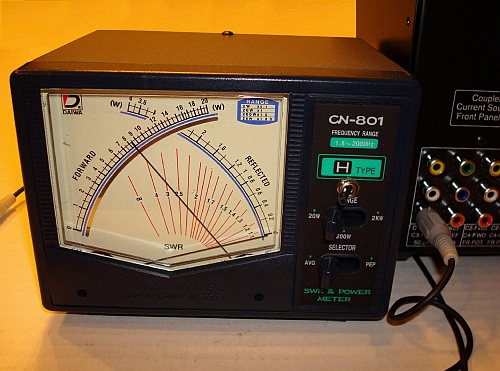 Index
Index
- Bird Line Sections
- Comparisons
- Contact Information
- Custom Meter Scales
- Customizing MB-1
- Documentation
- Downloads
- Expansion Features
- Evaluating Analog Meters
- Evaluating Couplers
- FAQ
- Features
- Generic Meter and RF current Measurements
- Hardware Diagnostics
- Interfacing your own Analog Meters
- Interfacing your own Couplers
- Multi-Coupler Display Feature
- Prices
- Programming MB-1
- Projects
- Quick Reference Guide - Menus
- Quick Reference Guide - Switches and LEDs
- Recent Site Updates
- Reviews
- Specifications
- Simulator
- Troubleshooting
- Useful Links
- Using Different Couplers
- Utilities
- Videos
Evaluating Analog Meters for use with MB-1
This section provides some information to help you determine if a particular analog meter will work with MB-1.
Any DC meter with a full scale rating of 1 mA or less will
work with MB-1. It's important to realize that lots of meters with all sorts of ranges
and units may actually fit this bill.
For example, a meter with a "150 kilovolt" scale, when tested was
found to be just a 1 mA Full Scale meter
movement. No mods were required whatsoever to use that meter. Obviously, that
meter was
not meant to be connected directly to 150 kilovolts!
By
programming the 150 kV meter with three power ranges (15w, 150w, and 1500w), the 150 kilovolt
meter face can be used with no modifications, and turned out to be a nice match for use with an
AL80B
amplifier, which is capable of peaking at approximately 1100 watts.
The meter shown below was obviously used in some type of radio application. In spite of its scale markings, this meter is just a 1 mA full scale DC meter movement and will work perfectly with MB-1. This meter has a linear meter movement and also has a linear scale. If you do not want to design a custom meter face, this meter could also be used with no modifications. You would calibrate it using the Linear Scale option in the Panel Meter setup procedure. Linear scales are very easy to calibrate since you only need to calibrate them at a single point - namely at the full scale deflection point.
If you wanted to use the meter face below directly, one option is to use the lower scale for power, and set it up for three power ranges: 30 watts, 300 watts, 3000 watts. If you are a QRP operator, another option would be to set up three scales with the following full scale values: 3 watts, 30 watts, 300 watts.
The top scale could be used as an SWR scale with a full scale SWR value of 5. Although a bit unconventional, MB-1 can use 0-based scales for SWR readings. Without this feature, you would not be able to interface any 0-based scales to MB-1 for SWR measurements. This is handled by having the software idle the needle at a reading of "1" for 0-based scales when the panel meter is reading SWR. (This is discussed in detail in the User's Manual.)
There are lots of other variations that could also be used directly with the meter below without the need to create a custom meter face.
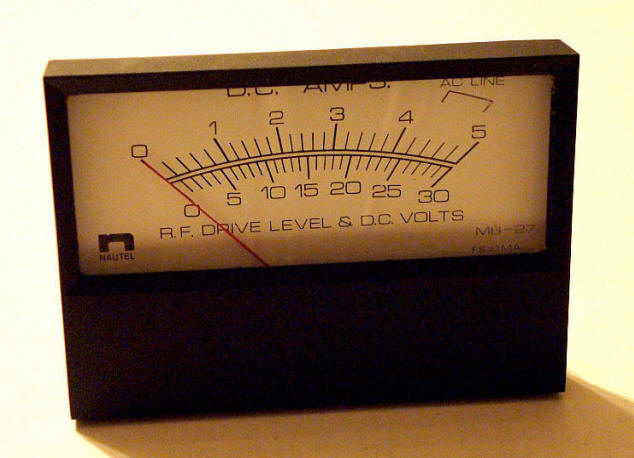
.
